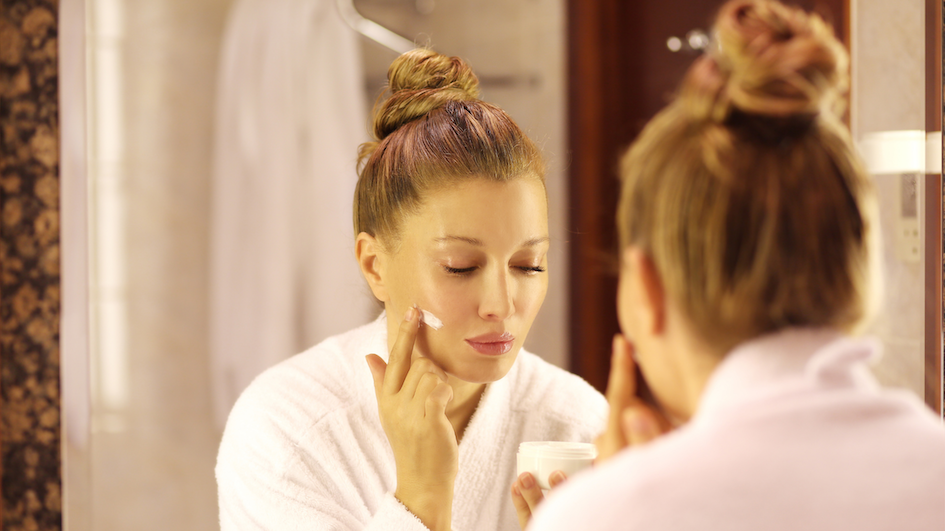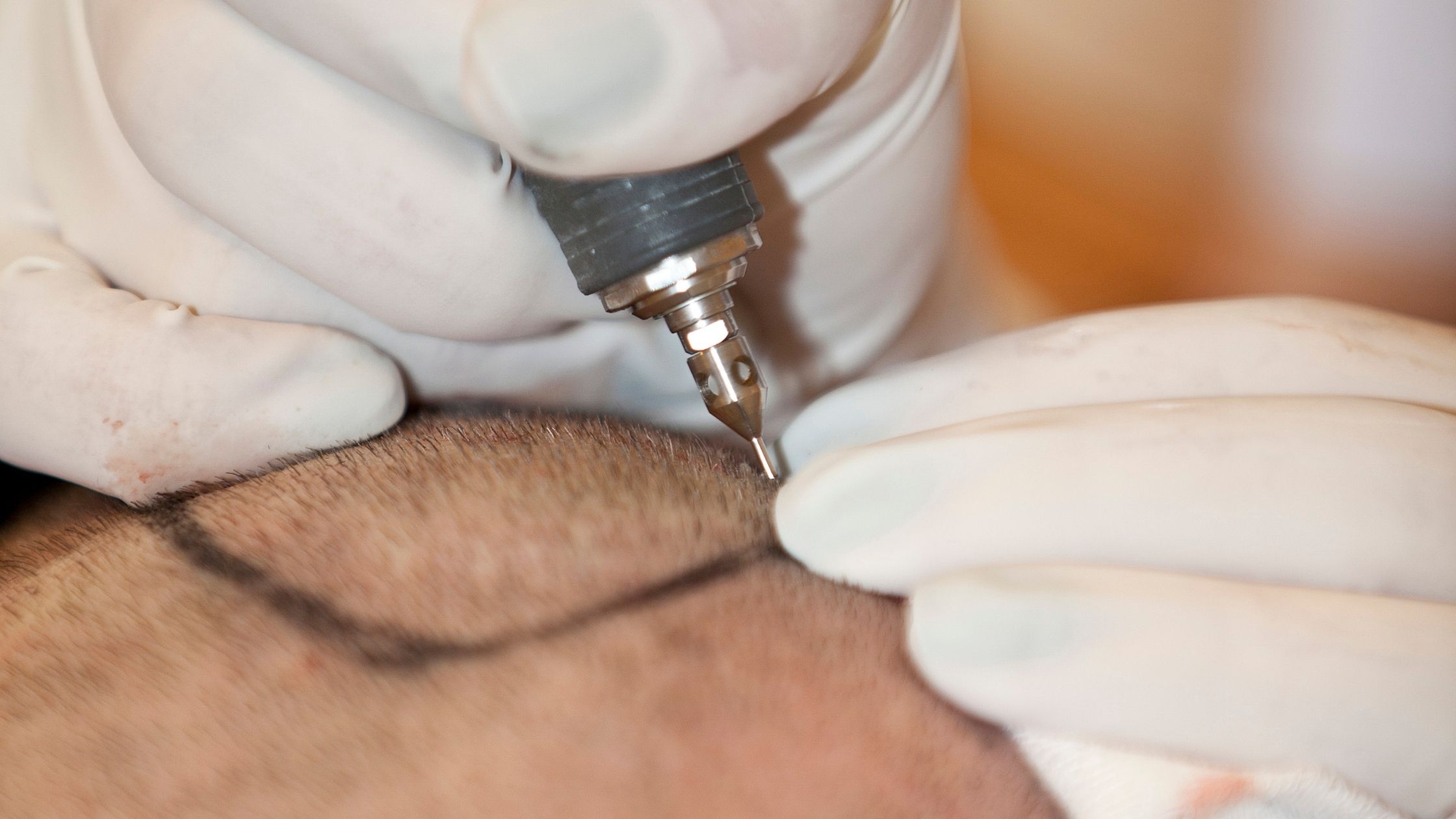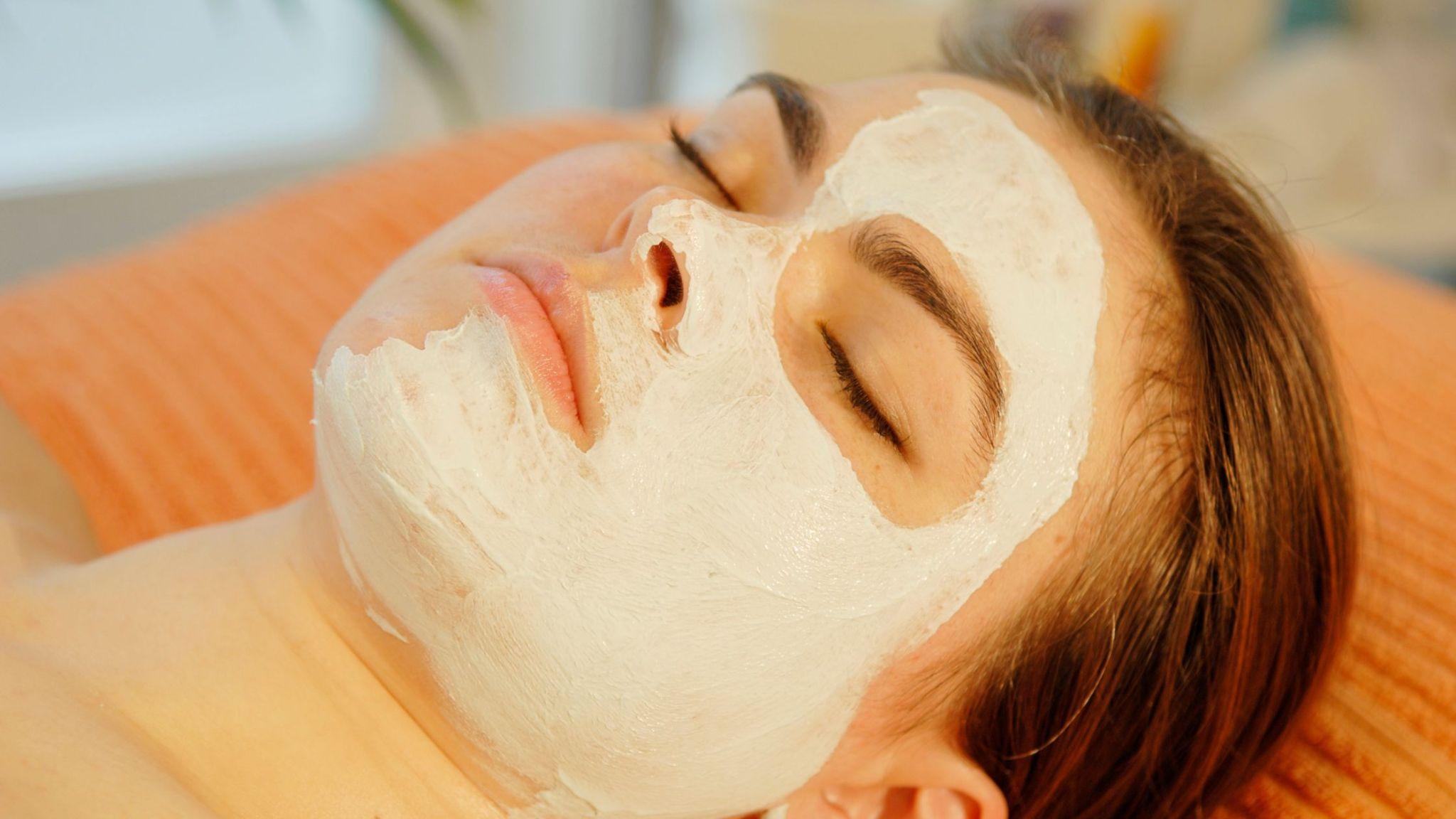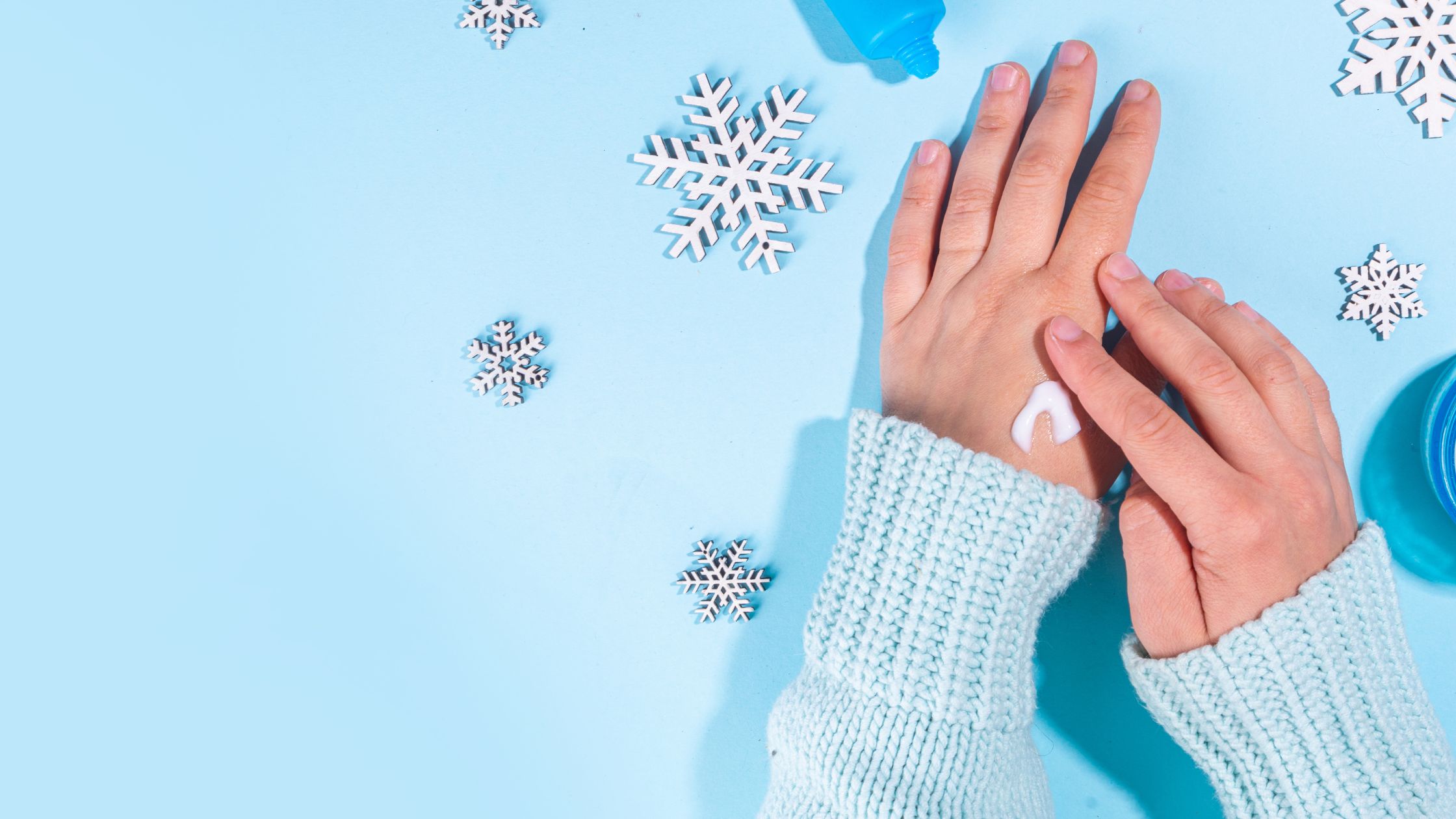The skin seems to have got an even tone…
It looks more youthful…
Dark spots and scars seem to have vanished…
This is the work of the microdermabrasion treatment, a really popular non-invasive cosmetic treatment. In this, the dermatologists use a hand-held device to rub or spray fine crystals onto your skin and then vacuum pressure the area to suck out dead skin cells. The resulting skin is devoid of cell debris and appears fresh and supple.
This is a low-risk treatment and has a low downtime when compared to other cosmetic treatments.
With that basic introduction, let us dive into the topic and understand who are the ideal candidates for this treatment.
Who needs Microdermabrasion treatment?
The short answer is – it is perfect for those looking to improve the appearance of their skin that is subjected to sun damage and has fine lines, wrinkles, scars, age spots, etc. The treatment is also perfect for those with dull skin, acne discoloration, acne marks, mild acne, and pick marks. You can also consider microdermabrasion treatment if you have a superficial skin problem, lead a very busy lifestyle, and require visible changes to skin tone with no side effects.
Let us now understand the different conditions that can be treated by microdermabrasion.
Acne scars

One of the most common skin conditions treatable by microdermabrasion is acne scars. This is particularly effective against raised acne scars, active acne, pick marks, superficial acne scars, and mild acne discoloration. It is common knowledge that acne is caused due to clogged pores. Microdermabrasion treatment helps to unclog these pores and clear out the acne.
Melasma

Melasma or patches of discoloration on your body can be treated by microdermabrasion. However, it takes multiple sessions to improve the condition of melasma using microdermabrasion. You might have to visit the dermatologist every month or twice a month. The treatment is usually followed by the application of fading cream like 4% hydroquinone along with regular use of sunscreen.
Keratosis pilaris

Keratosis pilaris is also known as chicken skin, which causes small acne-like bumps and rough patches on the skin. This condition usually happens when your skin produces too much keratin protein, which blocks the hair follicles and develops bumps. It is formed predominantly on your cheeks, thighs, buttocks, and arms. The treatment is combined with lactic-acid lotions and glycolic acid peels. Microdermabrasion treatment can help temporarily improve the skin’s appearance, especially if keratosis pilaris is in the upper arm. You should come for repeated sessions either every month or once in two months.
Now let us address a very important question – Is there an age limit for the microdermabrasion treatment?
- There is no age restriction to getting a microdermabrasion treatment. Anyone aged between 12 to 65 can be treated using microdermabrasion.
- People who are older than 65 might have higher risks of skin abrasion and bruise easily due to their matured skin. Hence microdermabrasion is not advised for them.
- Individuals who are younger than 12 years may also receive this treatment, but it should be done only by an experienced dermatologist.
What happens during the microdermabrasion treatment?
The procedure is very simple and is usually performed in the dermatologist’s office. The procedure can be completed in an hour. There is no requirement for any numbing agent before or during the procedure. The dermatologist will use a handheld device, which would gently spray some crystals that would sand away the topmost layer of your skin. After the treatment, the dermatologist will apply moisturizer and sunscreen to your skin.
How to prepare for microdermabrasion treatment?
The procedure doesn’t involve any needles or surgery, so there isn’t much preparation that you must do. But like any other medical procedure, you need to discuss it in detail with your dermatologist and address all your concerns about the skin. The dermatologist will recommend the best treatment for you. This way, you will understand whether you are a good fit for the microdermabrasion procedure or not.
During your first consultation, inform the dermatologist about all your previous cosmetic procedures or surgeries that you have undergone. You should also discuss your medical conditions and allergies.
Stay away from waxing, exposure to the sun, and tanning creams for at least one week before the treatment. Three days before the treatments, you must also stop using masks and exfoliating creams.
What to expect after the microdermabrasion treatment?
The procedure in itself would only last for an hour. Since there aren’t many associated risks with the treatment, there is hardly any downtime. You can immediately resume your daily life once the treatment is completed. Make sure to take good care of your skin to get the desired results.
Here are some handy aftercare tips –
- Keep your skin hydrated by using gentle skin products.
- If you use topical acne medication, do not take it for at least one day after the treatment.
- Your skin tends to become more sensitive for a few weeks, so you must use sunscreen to protect it at all times.
You can see some noticeable changes immediately after the procedure. The frequency and number of follow-up procedures will depend upon your skin condition and your expectations. Your dermatologist will discuss this with you after the treatment.
Side effects of microdermabrasion treatment
These are some minor side effects that you might notice for a few days after the procedure:
- Skin swelling
- Bruising
- Skin tightness
- Increased sensitivity of the skin
- Skin redness
- Post-inflammatory hyperpigmentation
- Stinging or burning sensation
Usually, the side effects of the treatment would disappear on their own.
Note: Microdermabrasion is not suitable for people who tend to scar easily or have a cold sore breakout.
Conclusion
Microdermabrasion has always shown promising results irrespective of skin type and color. It greatly helps in improving the appearance of the skin and makes the skin look smoother. In most cases, the initial treatment is followed by multiple maintenance sessions, which are required to maintain the desired look and eliminate any visible effects of aging.
But even a safe procedure like microdermabrasion can go wrong if done by an inexperienced dermatologist. Choosing someone like Dr. Renu Nair can greatly help to receive a side-effects-free treatment and achieve the desired results. She has over 10 years of experience in performing microdermabrasion treatment. To book an appointment with her, click here.












